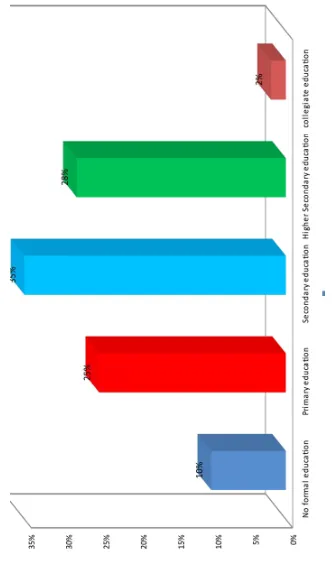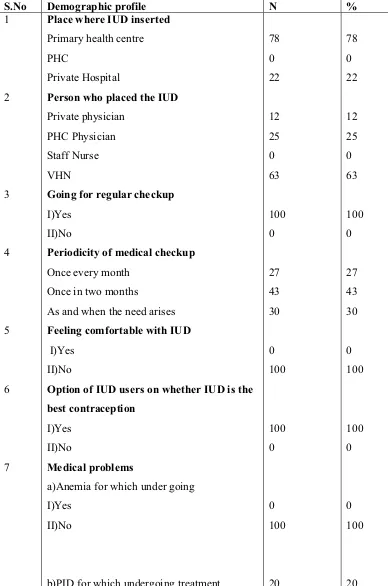The physical and psychological problems experienced by the Intra Uterine Device (IUD) users among mothers residing in selected areas at Kannivadi Primary Health Centre in Dindigul District
Full text
Figure




Related documents
Patients with head injury presented a greater risk of suicide attempts, suicidal ideation and depression than general population. Kesinger et al., 2016 3,575 patients with
The comparator for this study is current best practice in the community pharmacy setting, defined for this study as an assessment of the participant ’ s inhaler technique using
confirm our primary hypothesis that preterm boys ran- domly assigned to indomethacin will demonstrate acti- vation patterns more similar to term control subjects than preterm
Although the US and European Union have enacted food and drug regulations for complementary and alternative medicine products that will reduce adverse events from poor drug quality,
1) Staff capacity to use research was measured using the online survey SEER [21] and assessed the extent to which staff valued research (7 items, score range 7 – 35), were confident
configuration, the electrostatic repulsive interaction between the positively-charged benzene rings of ClAlPc and the similarly-charged silicon of substrate seems slightly
Using the pooled (for the whole Nigerian population) 2013 Nigeria Demographic and Health Survey (NDHS), a study found a significant association between EIBF and place of delivery,
For diseases with a long natural history, as exemplified by disease model X 2, comparison of simulations assuming age-independent heterogeneity with the no-heterogeneity





